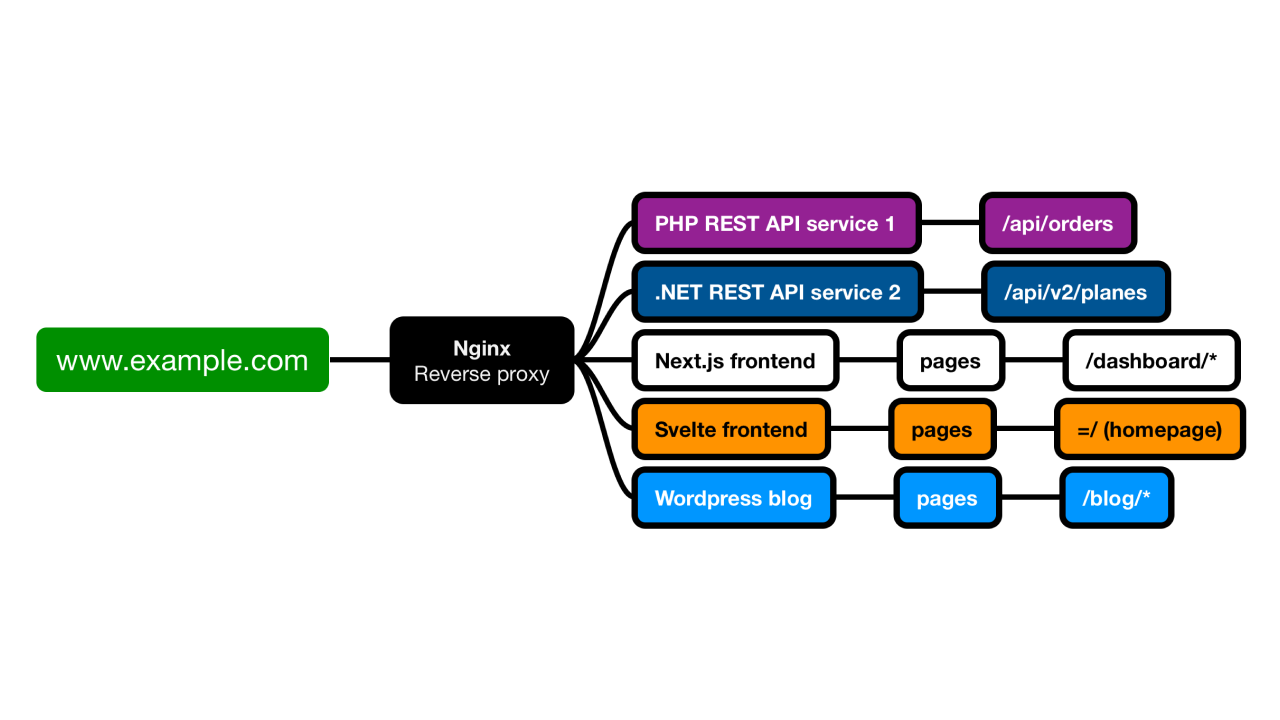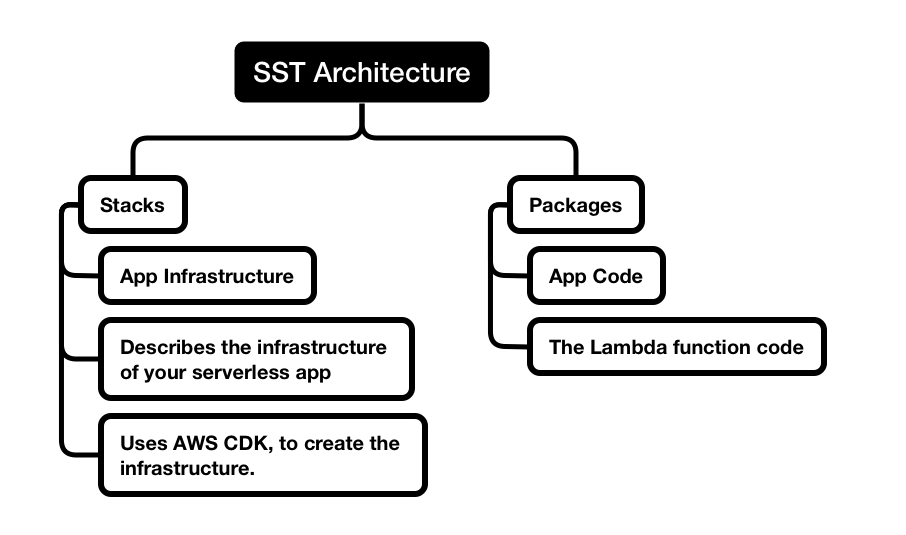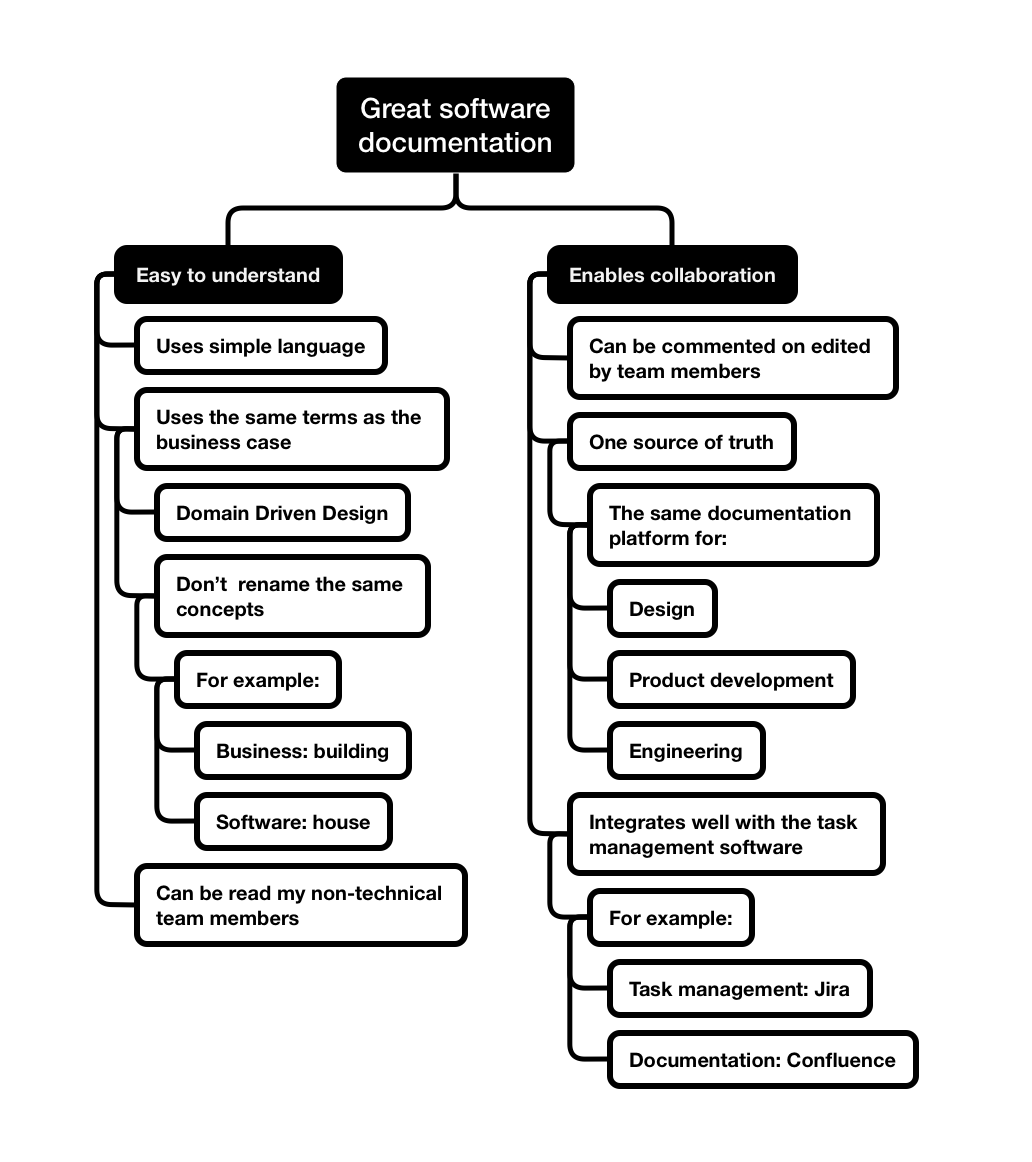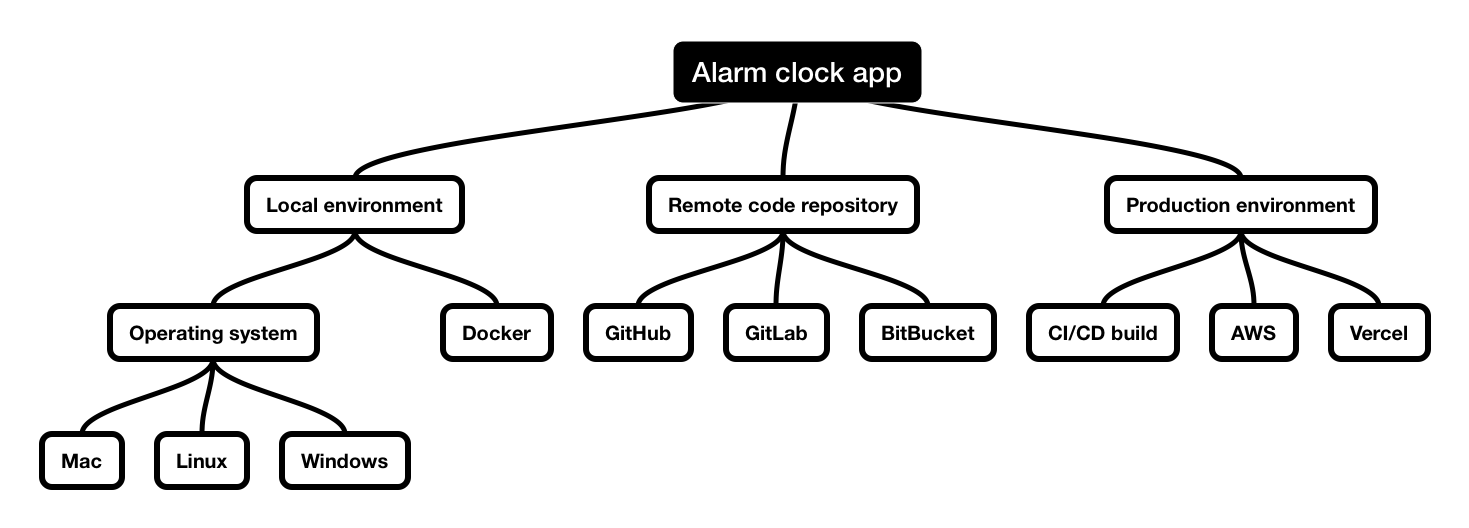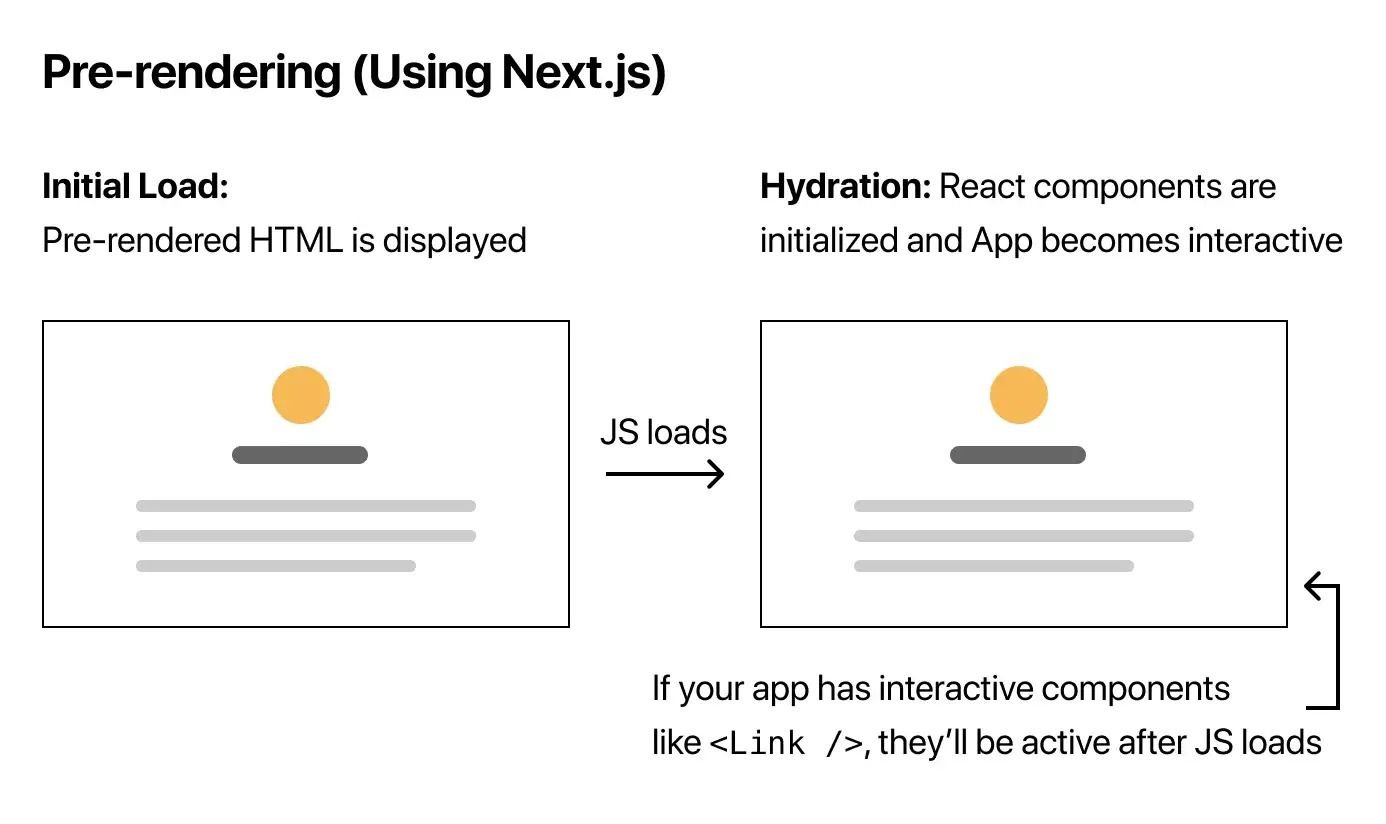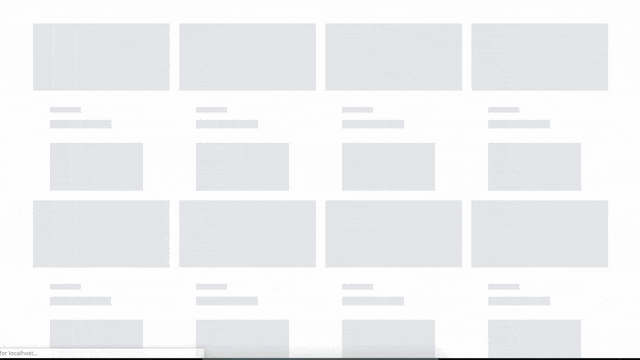Introduction
As a software developer, I spend hours on my computer screen daily. I know it’s not good for my eye health. Whenever I would have extra-long coding sessions, I would end up with my eyes red, dry and itchy. I would apply last-minute fixes like hot compresses, eye drops, massages, etc. I realised that from a long-term view. I need to take care of my eye health in a better way because I’m likely to spend decades of my life staring at the screen. So it’s worth investing time to do my best to care for my eyes.
I’m not a doctor, so I researched the best information I could find about this topic in podcasts, blogs and scientific studies. I distilled this information into this easy-to-understand guide for a reliable protocol I could return to whenever I slack on my eye care routine.
In this article, I will:
- Provide an overview of how our eyes work
- Break down the preventive and recovery-based tools that you can use to take care of your eye health.
- Give links to tools that will take care of your eye health.
How does our vision work
Before improving our eye health, let’s first learn how our eyes work to understand what these tips will improve.
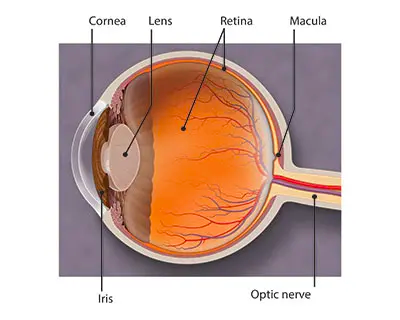
Image credit: Eye Anatomy: Parts of the Eye and How We See https://www.aao.org/eye-health/anatomy/parts-of-eye
Imagine your eye is like a camera. The cornea is like the lens on the front of the camera, which helps to focus the incoming light. The pupil is like the aperture on the camera, which controls the amount of light that enters. The lens inside the eye is like the lens of the camera, which adjusts to help bring the image into focus.
The rods and cones capture different aspects of the incoming light, similar to how pixels capture different colours and shades to create an image on a screen.
Finally, the optic nerve is like the cable that connects the camera to the computer. It sends the information captured by the retina to the brain, which processes the information and creates the image we see, just like the computer processes the digital image from the camera and displays it on the screen.
We all see the World differently
Our eyes capture the visible light, but the visual processing happens in our brains. I’ve found some visual tests to illustrate how we perceive the world differently.
Ebbinghaus illusion test
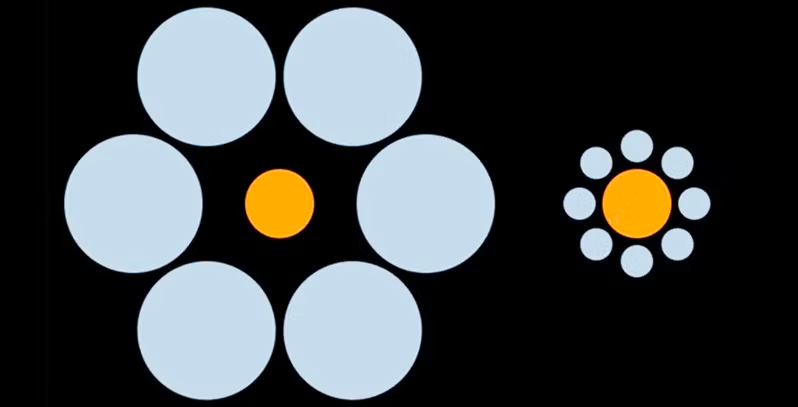
Some of us perceive the left circle as smaller than the right one.

Some of us perceive both yellow circles to be the same size.
Ishihara test

Some of us are good at seeing numbers despite the contrast, while others are not. In this example, the numbers are 25, 6, 8, 56, 29 and 45.
Credit: webeyeclinic.com
Visual acuity test (Snellen chart)
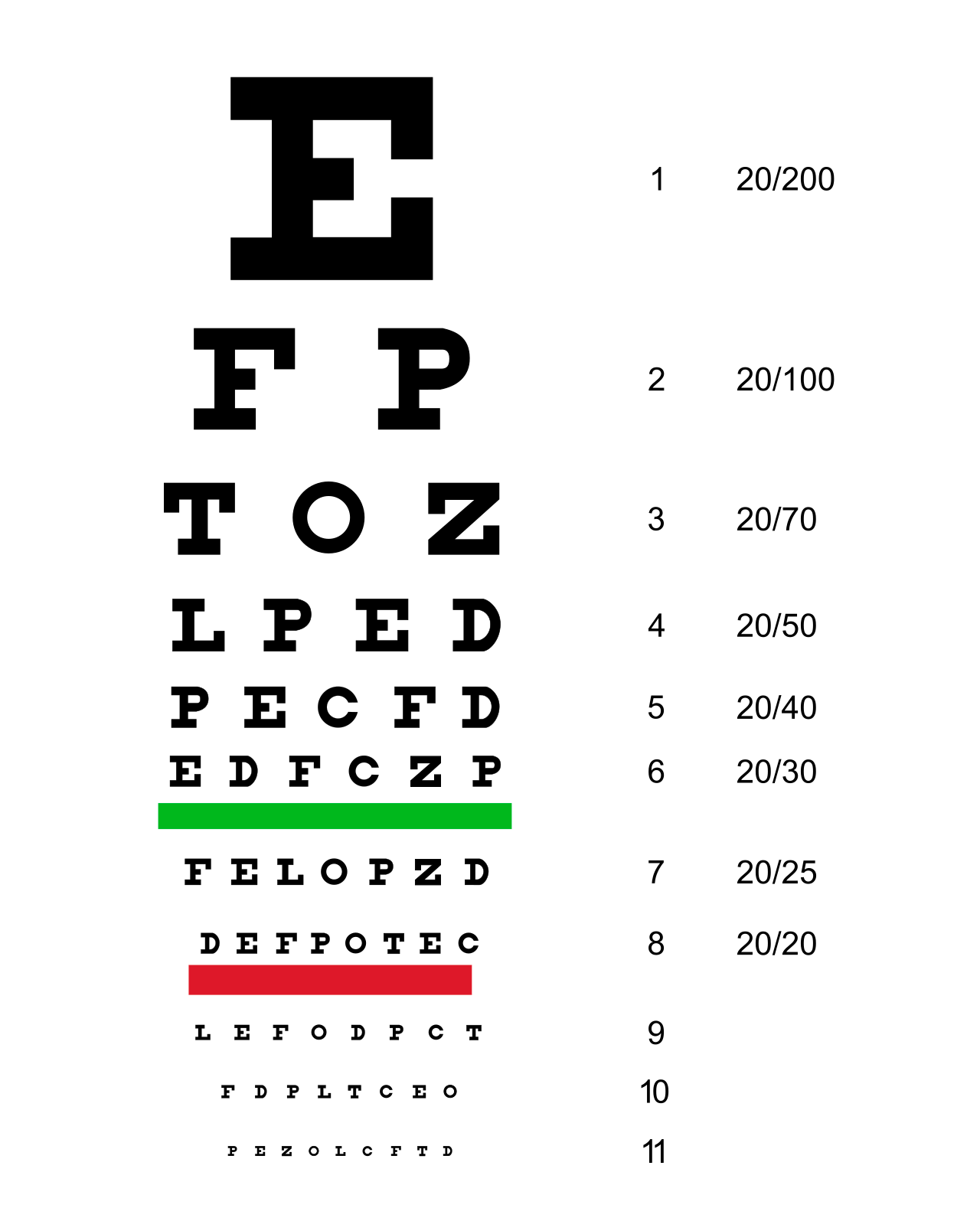
Some of us can even the most miniature letters from longer distances than others. Image credit Wikipedia
Straight line test

Some of us perceive these lines to be twisted, but when focusing on a small section of the image, we can see that they’re actually straight.
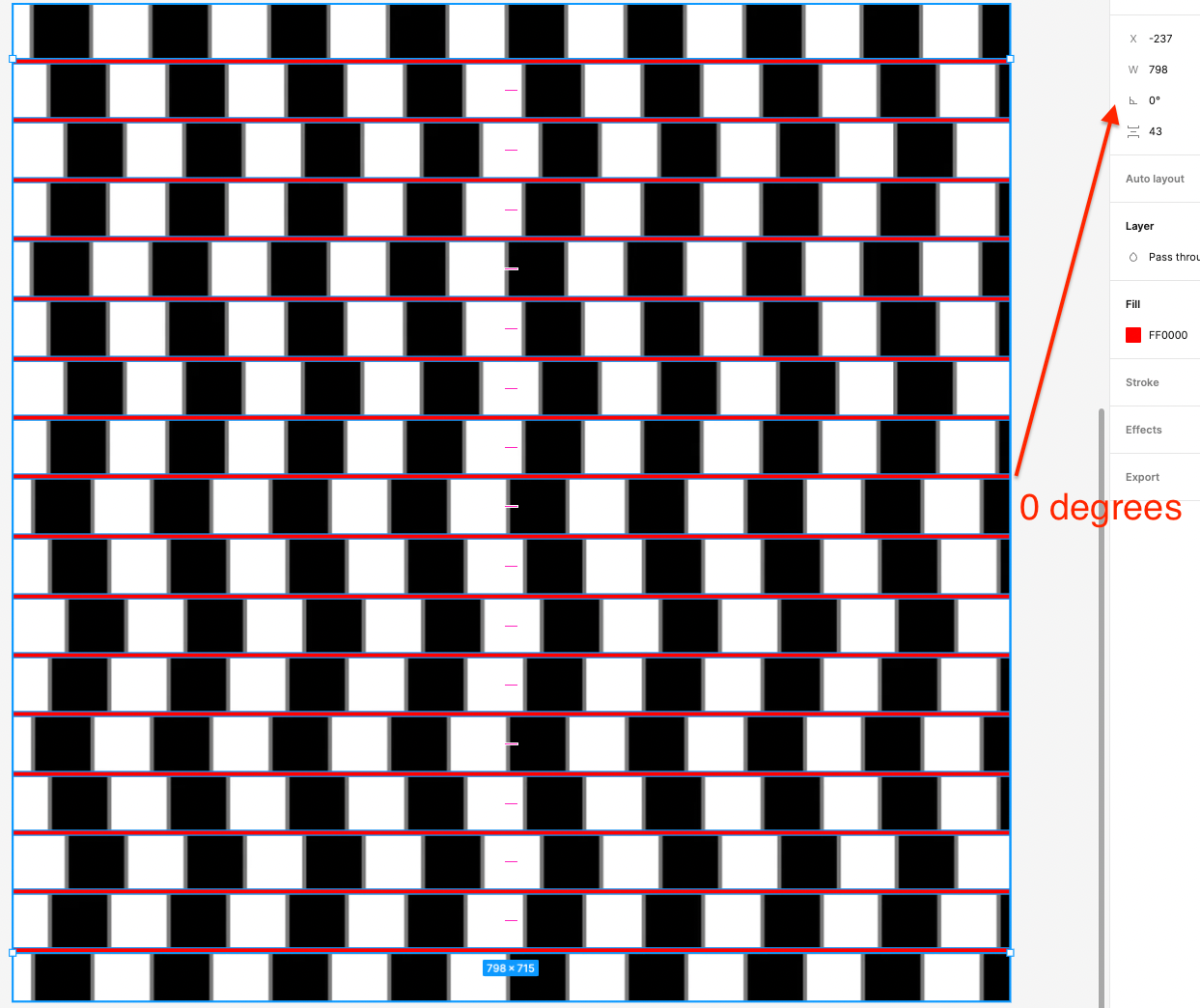
Some of us need to see mathematical proof (in this case, a ruler showing that the lines have all 0-degree angles and are straight).
Ambiguous image test

Some of us perceive the cat as climbing upwards, while others perceive the cat as going downwards. Credit: anopticalillusion.com
Eye health factors
After researching eye health, I would split the factors influencing our vision into two categories.
Preventive: factors and actions we can do that prevent the degradation of our vision quality.
Recovery-based: things that we can do to aid in recovering our eyes.
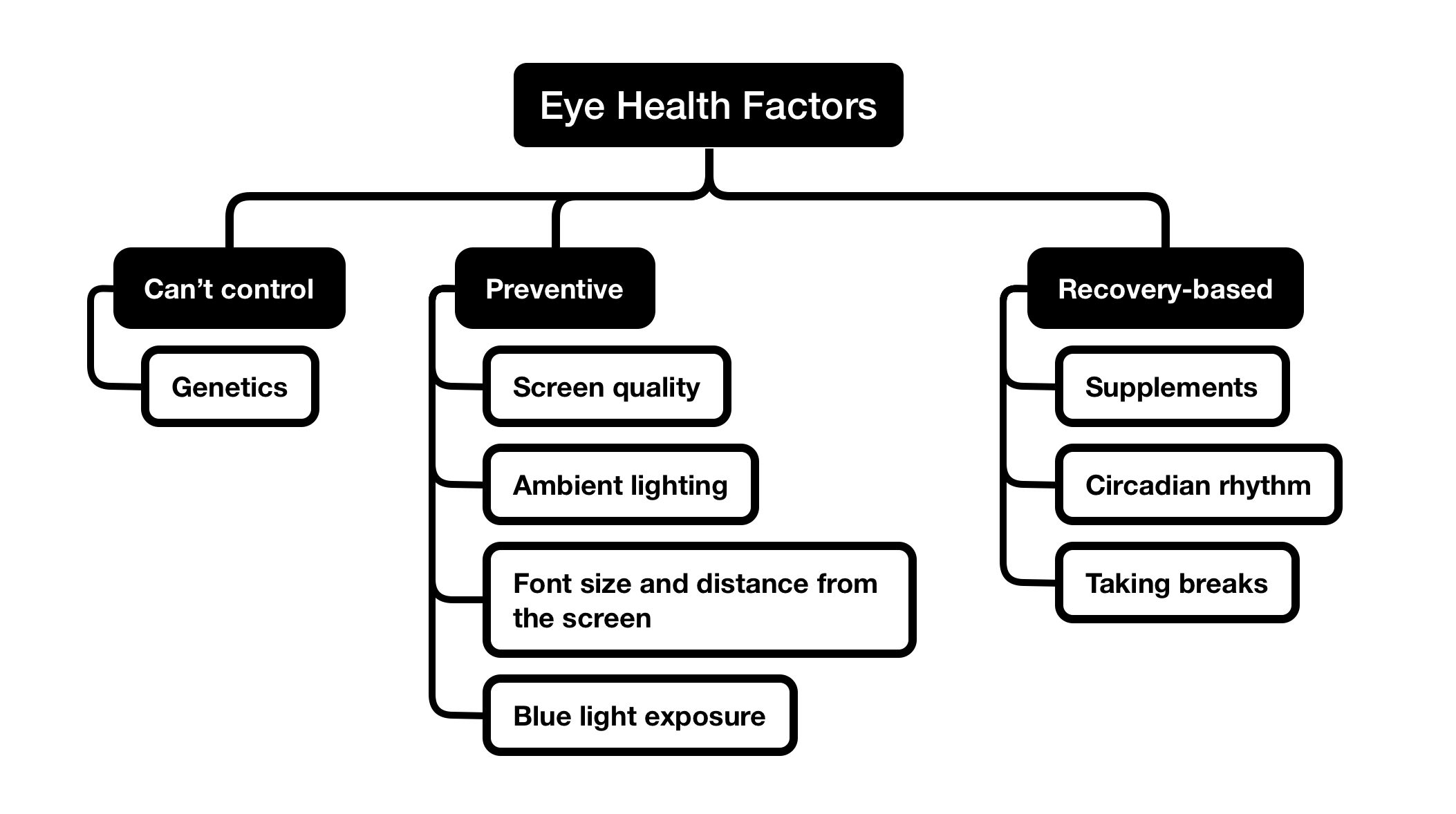
Exploring preventive factors
We can take these actions while using our screens to reduce the damage it does.
Reduce time in front of the screen
The lowest-hanging fruit we can grab to improve our eye health is spending less time in front of the screen. I’ve found these changes helpful in reducing my scree-time:
- I utilise phone focus modes. While in focus mode, all my notifications will be grouped so I can read them simultaneously instead of always looking at my phone.
- I replaced watching videos with reading books and listening to podcasts. I like consuming long-form content but don’t want to spend hours staring at a screen as I’m already doing so during my working hours.
- During longer conference calls, I look at objects further away from the screen while I listen to others talk.
Ensure screen quality
Studies have shown that higher refresh screens can reduce eye strain and improve visual comfort.
This is because a higher refresh rate reduces the flicker on the screen, which can cause eye strain and headaches.
Larger high-refresh screens are expensive, but many modern laptops come with in-build high-refresh screens.
Optimize Ambient lighting
Instead of choosing a dark or light theme in a predetermined way, I let the ambient lighting guide my decision.
During the day, I regularly change my setup settings for:
- Dark/light mode.
- Nigh shift contrast.
- Hardware brightness of the screen.
My goal is to make the screen blend in with the ambient lighting. I don’t want it to be my room’s dimmest or brightest object. This way, I can help by relaxing as much as possible.
Here are some software tools that can help you adjust your screen’s brightness:
After setting up my system, I sync all my apps with the system preferences. So when my room changes lighting, I can also change the brightness of the UI for my development and communication apps.
Optimize Font Size and Distance from the Screen
The correct font sizing and distance from the screen depend on many factors, like the screen size, lighting in the room and personal preference.
For me, the goal is to see everything on my screen without turning my neck more than a few degrees. I try to set up my screen at arm’s length to get some distance from the screen’s glare.
If I need to squint at things on my screen, I try to increase the font size so my eye muscles don’t get too tense.
Reduce blue light exposure
Many of us have heard the term: blue light. But what does it mean exactly? I did some research, trying to understand it. First, we have to start with a few definitions:
- Glare: Glare is a bright, intense light that interferes with your vision. It can cause discomfort, eye strain, and headaches.
- Scattering: Scattering is the process by which light is redirected in different directions as it passes through a medium, like the atmosphere or the eye. Objects or substances that can cause light scattering include things like dust, smoke, and fog in the air, or rough surfaces like paper, concrete, or asphalt on the ground. This can cause glare and reduce visual clarity.
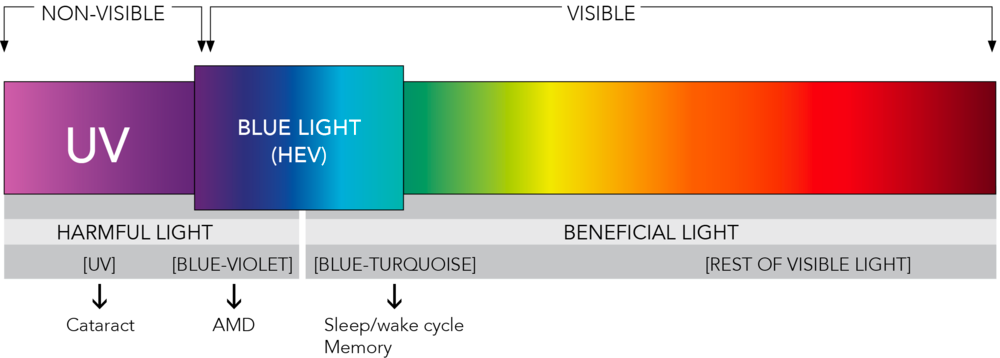
Image credit bluelightexposed.com
Blue light is a type of light that has a shorter wavelength and higher energy than other colours on the visible light spectrum. It is emitted by electronic devices like smartphones and computer screens, and exposure to blue light at night can disrupt your circadian rhythm and make it harder to fall asleep. It can also cause eye strain and other vision problems, especially when you are looking at a screen for a long time.
Studies find that exposing yourself to blue light for long periods can give us the following effects:
- Dry eyes
- Sore or irritated eyes
- Tired eyes
- Headaches
- Facial muscles fatigued from squinting
Ultra-violet rays are the invisible cousin to blue light. I always try to wear either a hat or sunglasses whenever the UV index is above five outside. I check it on the weather phone on my phone.
Most modern screens have blue-light filters in-built. You can access them through the settings. Alternatively, you can buy blue-light-blocking glasses.
Exploring recovery-based factors
Let’s look at how we can improve our bodies’ natural capabilities to recover our eyes after a long day in front of the screen.
Experiment with supplements
Certain supplements, like omega-3 fatty acids and lutein, have improved eye health and reduced the risk of age-related macular degeneration. However, talking to your doctor before taking any supplements is essential.

Understand the Role of Circadian Rhythm
Our circadian rhythm regulates our sleep-wake cycle and other physiological processes, including eye health.
Exposure to natural light during the day and avoiding blue light exposure at night can help regulate your circadian rhythm and improve your eye health.
In my experience, I have noticed a significant improvement in focus and mood when not looking at the screen after 6 pm. Late-night coding sessions might be fun, but over extended periods, let’s say a few weeks, they might reduce overall productivity, so I choose early morning instead of late evenings to do my side projects.
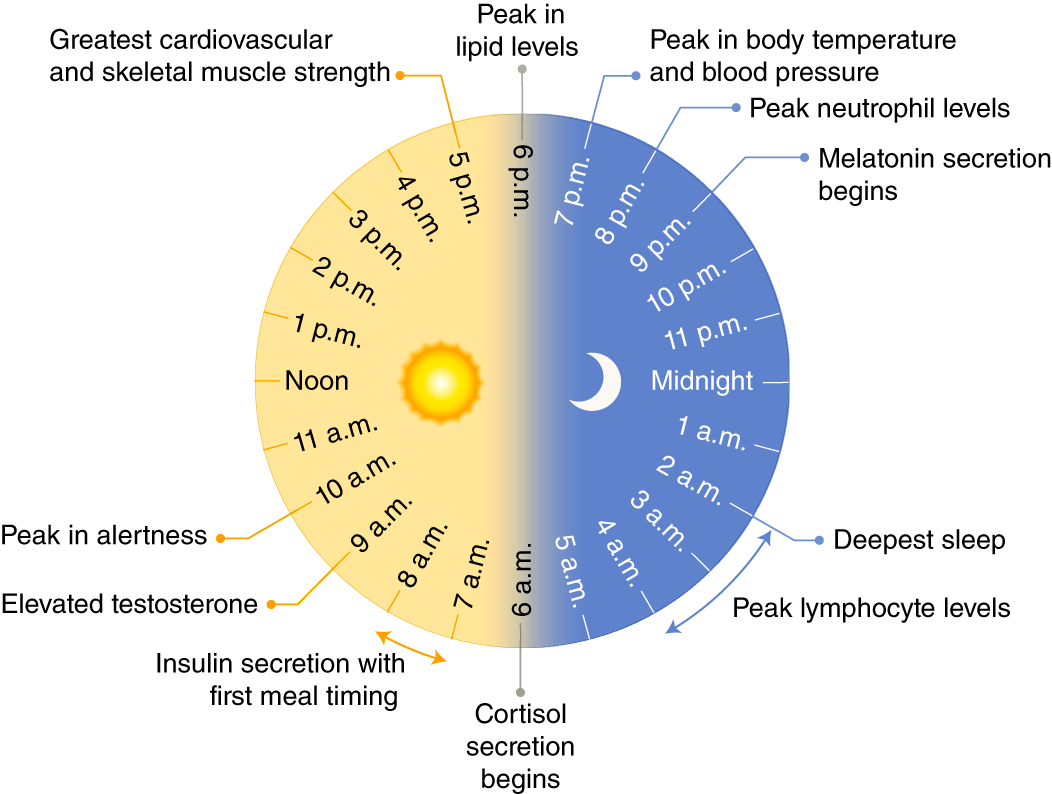
Photo credit: Nature Medicine
Remember, everyone’s eyes are different, so what works for one person may not work for another. Listening to your body and taking breaks whenever you need them is essential.
Take regular breaks
“A rested eye is a seeing eye.”
Taking regular breaks from screen use and doing eye exercises can help reduce eye strain and improve visual comfort. Remember to care for your eyes and give them the rest they need to function at their best.
For micro-breaks, I use the 20-20-20 method. Every 20 minutes, for 20 seconds, I look at the object at least 20 meters away.
I incorporate eye massages and exercises a few times daily during extended breaks.
Try Eye Massages and Compresses
Below I’ve attached one of the exercise videos I use to relax my eyes.
On rare occasions, I put on warm compresses on my eyes to help them relax. If my eyes get to a point where I need compresses, I know I’ve probably done some other things listed in the article that I need to do regularly.
How to apply these tips in real life
You don’t have to do all the tips in the article. Finding a balance that works for you and your work demands is essential. Experiment with different strategies and see what works best for you.
Getting a holistic balance over all the listed factors is more important than maxing out one thing like eye massages or screen refresh rate.
I visualise this: I imagine my eye health is like a group of buckets. I try to distribute my energy across all of them in equal proportion.
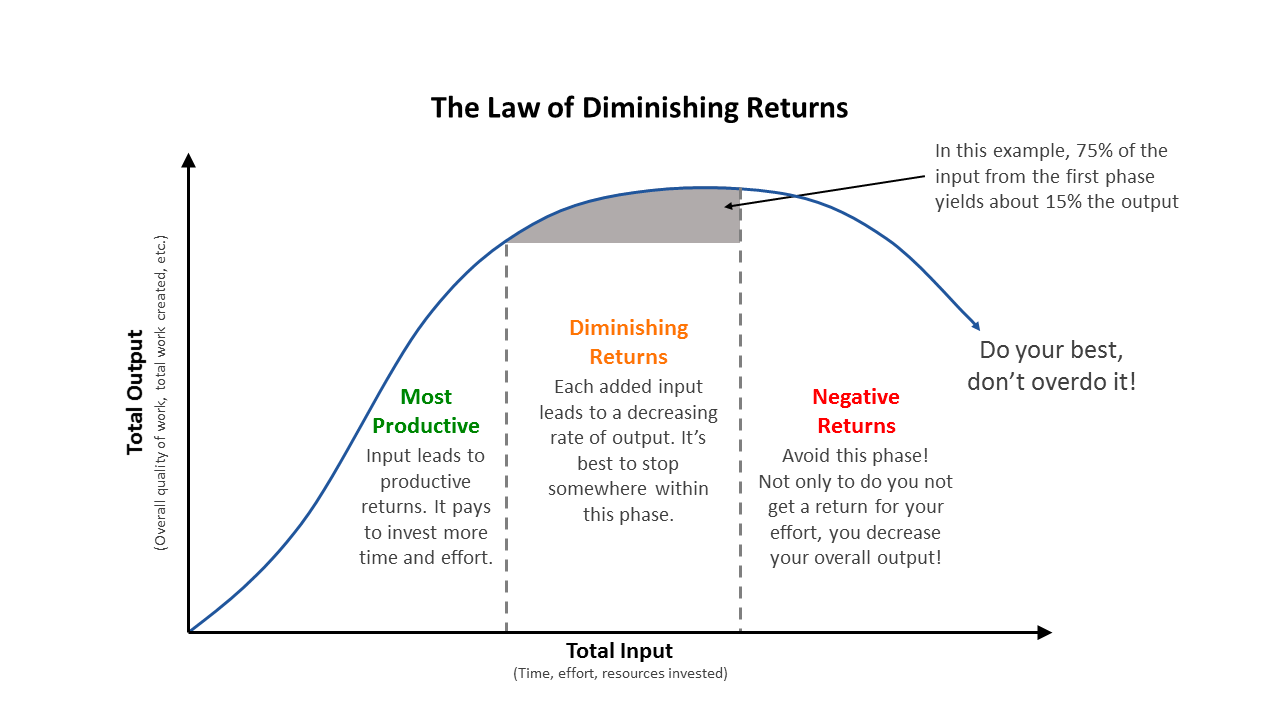
Illustration credit: PMC Training
There are diminishing returns to everything. The same applies to these tips.
Eye Health Cheat Sheet
Preventive
- Reduce time in front of the screen
- Ensure screen quality
- Optimize ambient lighting
- Optimize font size and distance from the screen
- Reduce blue light exposure
Recovery-based
- Understand the role of circadian rhythm
- Take regular breaks
- Try eye massages and compresses
- Supplements
Remember, everyone’s eyes are different, so what works for one person may not work for another. Finding a balance that works for you and your work demands is essential. Experiment with different strategies and see what works best for you.
References
Here are a few studies in case you would like to delve deeper into the topics listed in this article:
Outdoor Activity Reduces the Prevalence of Myopia in Children
https://www.academia.edu/20230811/Outdoor_Activity_Reduces_the_Prevalence_of_Myopia_in_Children
Chang, A. M., Aeschbach, D., Duffy, J. F., & Czeisler, C. A. (2015). Evening use of light-emitting eReaders negatively affects sleep, circadian timing, and next-morning alertness. Proceedings of the National Academy of Sciences, 112(4), 1232-1237. doi: 10.1073/pnas.1418490112
This study found that exposure to blue light from electronic devices before bedtime delayed the production of melatonin, reduced REM sleep, and increased next-morning sleepiness and fatigue.
Link: https://www.pnas.org/doi/10.1073/pnas.1418490112
Vandewalle, G., Schmidt, C., Albouy, G., Sterpenich, V., Darsaud, A., Rauchs, G., … & Dijk, D. J. (2010). Blue light stimulates cognitive brain activity in visually blind individuals. Journal of Cognitive Neuroscience, 22(5), 1146-1156. doi: 10.1162/jocn.2009.21243
This study found that blue light exposure increased activity in brain regions associated with mood regulation, such as the prefrontal cortex, in visually blind individuals.
Link: https://www.ncbi.nlm.nih.gov/pmc/articles/PMC4497579/
Liu, J., Zhou, G., Zhang, J., Xu, J., & Wu, H. (2017). Blue light-induced oxidative stress in human corneal epithelial cells: protective effects of ethanol extracts of various medicinal plant mixtures. Investigative Ophthalmology & Visual Science, 58(1), 78-86. doi: 10.1167/iovs.16-20095
This study found that blue light exposure induced oxidative stress in human corneal epithelial cells, which can contribute to the development of depressive symptoms.

